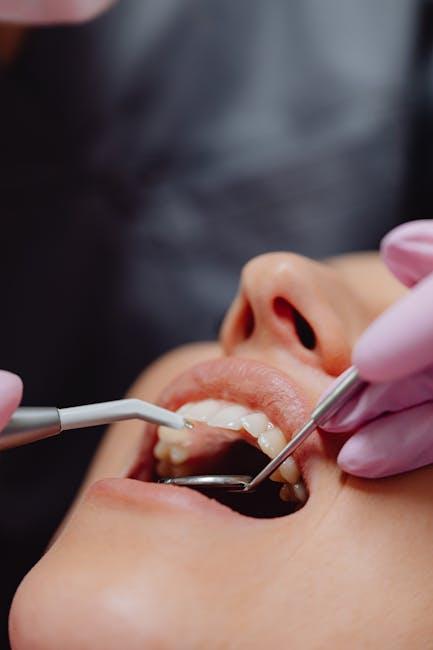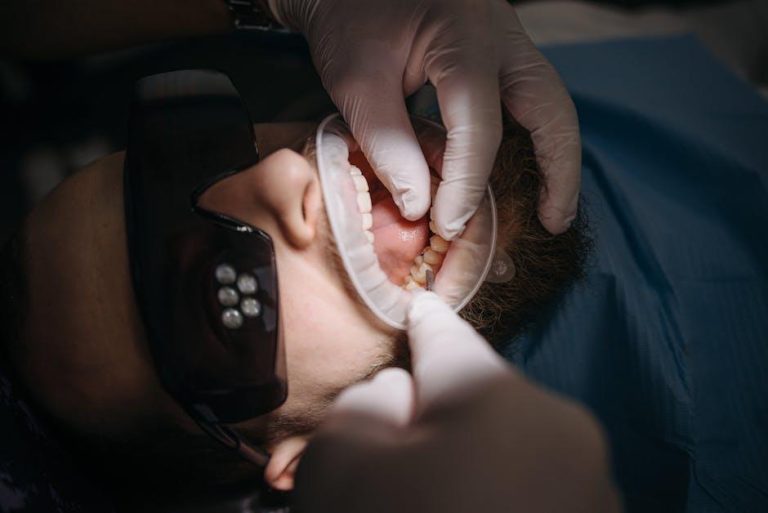
The Barriers to Oral Health Care Illustration – Centers for Medicare & Medicaid Services | CMS (.gov)
Oral health care plays a vital role in overall wellness, but many Americans face significant barriers to accessing quality dental services. The Centers for Medicare & Medicaid Services (CMS) has visually illustrated these barriers to shed light on why dental care remains out of reach for numerous individuals, particularly those enrolled in Medicare and Medicaid. In this article, we explore the major obstacles to oral health care, delve into CMS’s informative illustrations, and provide practical tips to overcome these challenges.
Introduction to Oral Health Care Barriers
CMS’s oral health care illustration highlights the complex and multifaceted barriers that hinder many people from receiving proper dental treatment. These obstacles range from financial constraints to limited provider availability and systemic gaps in public health programs. Understanding these barriers is crucial for patients, caregivers, and policymakers aiming to improve access to affordable and effective oral health care across the United States.
Key Barriers to Oral Health Care According to CMS
CMS identifies several barriers that contribute to the lack of access and utilization of oral health services. Here’s a breakdown of the primary challenges:
- Financial Barriers: Cost remains the leading obstacle, especially since many Medicare plans exclude dental coverage, and Medicaid dental benefits vary widely by state.
- Lack of Dental Coverage in Medicare: Original Medicare generally does not cover routine dental procedures, leaving seniors to pay out-of-pocket or rely on supplemental plans.
- Limited Medicaid Dental Benefits: Medicaid programs differ by state, with some offering comprehensive dental coverage for adults and others providing little or no dental benefits.
- Provider Access and Availability: Dental provider shortages in rural and underserved communities restrict access to timely care.
- Transportation and Geographic Barriers: Many patients, especially elderly or disabled populations, face challenges reaching dental clinics.
- Lack of Awareness and Education: Many beneficiaries are unaware of available oral health benefits or don’t prioritize dental care in their overall health regimen.
- Cultural and Language Barriers: Language differences and cultural perceptions about oral health can prevent some groups from seeking care.
CMS Oral Health Care Illustration: Overview & Insights
The CMS oral health care illustration is a compelling visual tool that breaks down these barriers in an easy-to-understand format. By presenting data, real-world examples, and policy context, the illustration helps stakeholders grasp the scope of the problem and the urgency of addressing it.
Table: Summary of Barriers Highlighted in CMS Oral Health Care Illustration
| Barrier | Description | Impact |
|---|---|---|
| Financial Constraints | High out-of-pocket costs and limited insurance coverage | Reduces ability to seek preventive and emergency dental care |
| Medicare Coverage Limitations | Exclusion of routine dental services from Medicare benefits | Older adults often forgo dental care or pay significant costs |
| Inconsistent Medicaid Benefits | State-dependent benefits; some adults lack access entirely | Unequal access for low-income adults by geography |
| Provider Shortages | Limited dentists accepting Medicaid or serving rural areas | Long wait times and travel distances to access care |
| Awareness & Education | Low understanding of benefits and importance of oral health | Underutilization of available dental services |
Benefits of Improving Access to Oral Health Care
Enhancing oral health care accessibility offers numerous benefits—not only for individual patients but also for the broader healthcare system:
- Improved Overall Health: Oral health is linked to heart disease, diabetes, and respiratory illnesses; better dental care reduces systemic health risks.
- Cost Savings: Preventive dental care reduces expensive emergency treatments and hospitalizations.
- Enhanced Quality of Life: Proper oral health contributes to nutrition, self-esteem, and social interaction.
- Reduced Health Disparities: Addressing barriers helps narrow health inequities in underserved populations.
Practical Tips: Navigating Oral Health Care Barriers with CMS Resources
If you or a loved one faces challenges in obtaining dental care, here are practical tips to leverage CMS programs and improve oral health:
- Enroll in Medicaid or Medicare Advantage Plans: Look for plans that include dental benefits, especially Medicare Advantage plans, which often offer extra coverage.
- Check State Medicaid Dental Policies: Visit your state’s Medicaid website or CMS resources to learn about adult dental benefits available in your area.
- Find Participating Providers: Use CMS’s provider directories to locate dentists who accept your insurance plan.
- Explore Community Health Centers: Federally Qualified Health Centers (FQHCs) provide dental care on a sliding scale or for free based on income.
- Advocate for Your Care: Ask your primary care provider for referrals and educate yourself about oral health’s impact on overall well-being.
Case Study: Overcoming Oral Health Barriers Through Medicaid Expansion
Consider the example of a rural county in a Medicaid expansion state. Before expansion, low-income adults had little to no dental benefits and faced long travel distances for care.
After Medicaid expanded dental coverage, the local community clinic saw a 45% increase in adult dental visits. The number of untreated dental conditions dropped significantly, improving local population health indicators. This case demonstrates how policy changes backed by CMS initiatives can help dismantle oral health care barriers.
Conclusion
Barriers to oral health care remain a critical public health challenge, especially for vulnerable populations enrolled in Medicare and Medicaid. The Centers for Medicare & Medicaid Services’ oral health care illustration provides a valuable framework for understanding these barriers and identifying practical solutions. By increasing awareness, improving insurance coverage, and expanding provider access, we can move toward a future where oral health care is accessible to all.
To learn more about how CMS supports oral health care and to explore resources, visit the Centers for Medicare & Medicaid Services website.


